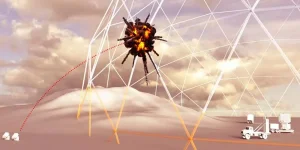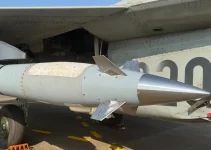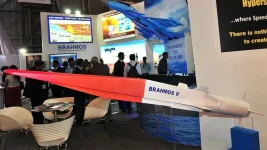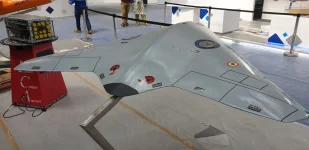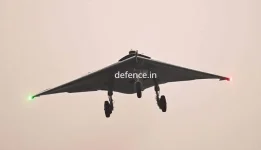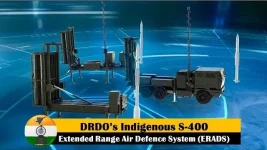- Views: 3K
- Replies: 12
India's Defence Research and Development Organisation (DRDO) is embarking on an ambitious project to develop a powerful airborne laser weapon system, according to official sources.
Plans are underway to create a megawatt (MW)-grade Directed Energy Weapon (DEW) designed to be mounted on an aircraft, marking a significant advancement in the nation's defence capabilities.
This initiative follows DRDO's progressive work on laser-based weapon systems. Officials confirm the completion of 2-kilowatt (kW) and 5kW DEW prototypes, likely suited for tasks such as countering small drones.
Systems with higher power outputs of 25kW to 50kW, intended to tackle larger threats like rockets or artillery, are reportedly nearing the final stages of development.
Furthermore, DRDO is actively working on even more potent 100kW and 300kW DEW systems, which are planned for deployment on naval ships and land-based platforms to counter targets like aircraft and missiles more effectively.
The planned airborne system represents a major increase in power, reaching the megawatt level – a thousand times more powerful than the kilowatt systems currently being finalised.
While official range specifications have not been disclosed, technical assessments indicate this high-altitude laser could potentially engage targets over 500 kilometres away.
Such capabilities are part of a global trend where advanced militaries are investing heavily in DEW technology for its speed-of-light engagement and potential cost-effectiveness per shot compared to traditional munitions.
The primary aim of this airborne megawatt laser project is to evaluate its effectiveness as a missile defence shield, specifically against tactical ballistic missiles (TBMs).
These short- and medium-range TBM missiles present a considerable security challenge in India's regional context, particularly considering the missile capabilities possessed by neighbouring countries. An airborne laser could potentially intercept TBMs during their boost phase or mid-course, adding a crucial layer to national defence.
Utilising a transport aircraft as the platform for this weapon offers distinct operational benefits. It allows the system to be quickly moved to different locations based on threat assessments.
Operating from high altitudes extends the weapon's line-of-sight, enabling it to target threats at much greater distances. This airborne capability is envisioned to work alongside India's existing ground-based systems, such as the indigenous Ballistic Missile Defence (BMD) program which uses interceptor missiles, thereby creating a more robust, multi-layered defence architecture against aerial threats.
DRDO is considering various transport aircraft, potentially including the Il-76, C-130J, or future indigenous designs, to carry the laser weapon. Integrating such a powerful system onto an aircraft presents significant engineering challenges, including developing compact and efficient power generation sources and sophisticated cooling systems to manage the tremendous heat produced by a megawatt-class laser.
Officials suggest that the development of the airborne megawatt laser will commence after the 300kW DEW project reaches completion. This phased strategy allows DRDO to build upon the technologies mastered in lower-power systems – like high-energy laser generation, beam control optics, and power system miniaturisation – before addressing the complexities inherent in creating an airborne megawatt weapon.

